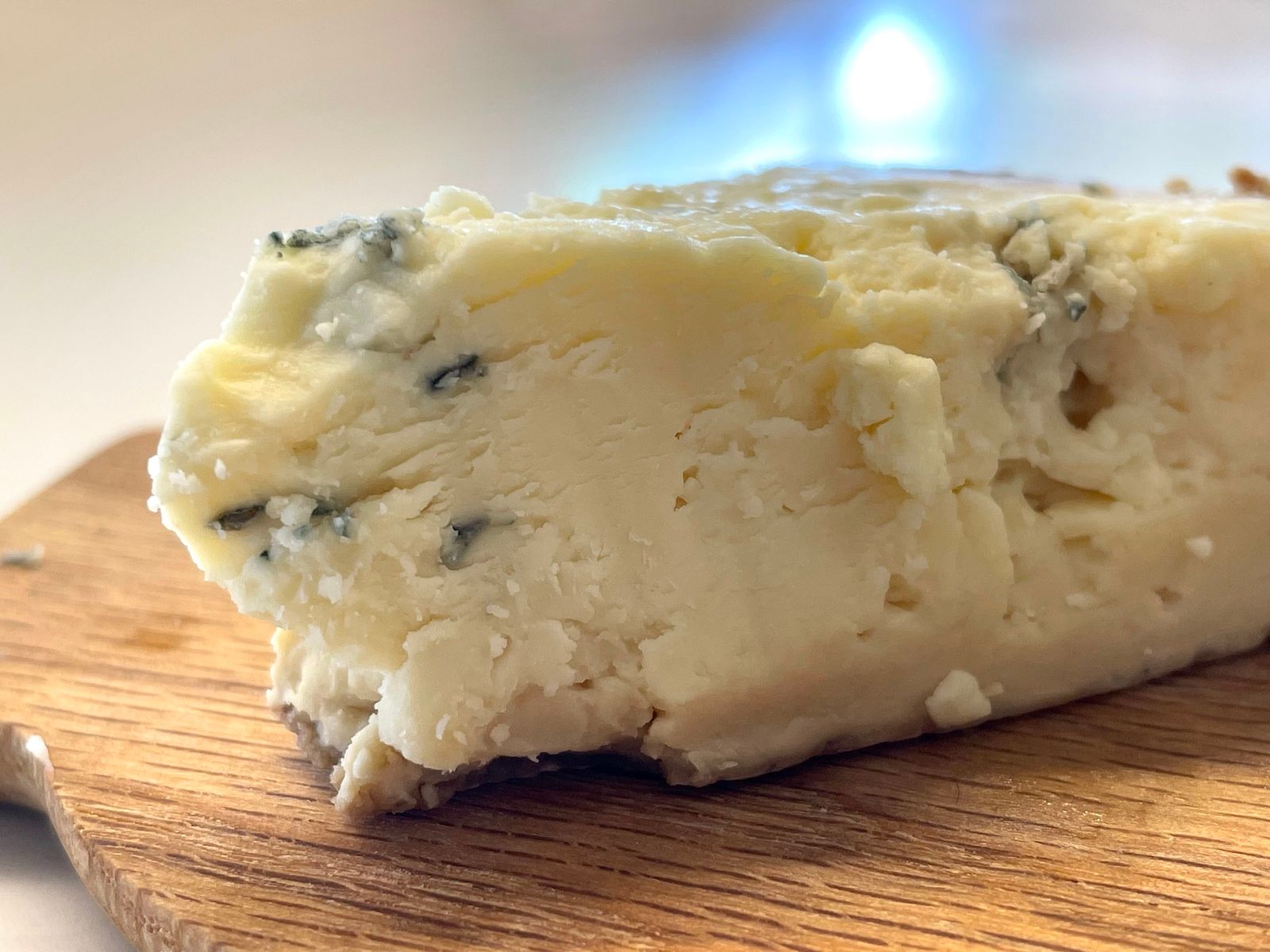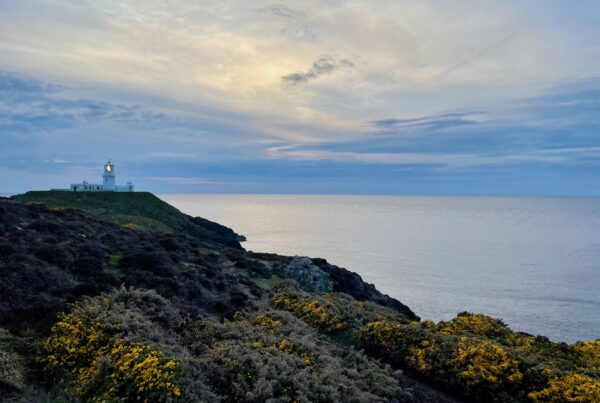There’s nothing like a nice piece of Stilton!
Which launch is more likely to succeed?
A new general entertainment channel? Or one solely about British blue cheese?
Right now, it’s definitely the cheese.
Why? Surely gaming videos are what does well on YouTube? Or makeup?
Well, digital video is at saturation point. It is overwhelmed with content.
Youtube says it hosts around 37 million channels.
So creators have a 0.0000027% market share per channel.
They claim to reach an astonishing 2 billion unique users per week
And viewing choice has grown not just by the huge number of channels, but because I can access all that content on-demand, not just live.
This is a gigantic, generational change.
Its impact on the world of television has yet to be fully realised.
Like a pebble dropped into a pool of water, its effects will become wider and larger.
When I first started to upload videos to YouTube in 2006, there were relatively few channels – probably well under a million.
And there were lots of people showing up to watch videos.
This meant that popular videos got a significant audience share, and had a good chance of being watched by millions of people across the world.
It was relatively easy to go viral with good quality, emotive content, whatever the subject matter.
Some first-mover entrepreneurs called the generational opportunity, especially for media newcomers:
“The fact is, while new media creators keep bursting out of nowhere, old media has yet to figure out how to truly engage this unique audience. Repurposing TV and film content is not a long-term solution. Social media demands a different expertise. We’re in a period akin to the transition from silent to talkies, and it’s going to leave a lot of traditional creators and content suppliers behind”
: Steven Starr, co-founder of Revver, interviewed way back in 2007
And indeed, there has been a remarkable surge of creator businesses built by young talented people who can work around the walled garden of traditional media.
It’s called the creator economy, and I expect it to become a huge percentage of the content ecosystem.
Exciting times! But there are new challenges to address.
Because of mass adoption, there is now an overwhelm of content across social media. There are so many videos that only a tiny fraction of premieres reach a million views.
What does this mean for producers?
Well, most struggle to reach enough eyeballs to make a living from advertising.
Attracting audiences with average entertainment content simply doesn’t work unless you have huge, established audiences.
But now, newer creator businesses are figuring out how to prosper in a saturated world.
Many content pioneers have figured out that being strong in a dedicated niche can be highly lucrative.
This is because it’s possible to make decent money from relatively small audiences, as long as they are highly interested in your subject matter.
It mimics specialist magazine publishing.
Niche magazines can do well with relatively small numbers of subscribers.
Customers recognise expertise in their chosen area of passion. And they are happy to pay for it.
Usually, these magazines can offer multiple ways to monetise. They offer guided tours, books, tickets to events, e-commerce and communities of like-minded people.
And this model is working on YouTube.
Creators are building proper businesses using content as their marketing, and content platforms as their discovery and e-commerce engines.
Their viewers reward them with tips, by buying recommended products, visiting sponsors and consuming a plethora of offline products, services and experiences.
If you’re into travel, check out:
These guys are making money from advertising, Pateron and merchandise.
For interior design, take a look at:
And if you love keeping fish, check out:
If you want new, younger viewers, you must go niche.
The way to prosper is:
Find gaps in content provision
Build communities in a very specific niche
Become the authority in your space
Consistently offer your community increasingly more choice and depth.
Introduce multiple ways for viewers to reward you for providing highly valuable content.
And from tiny acorns…
There are many examples of niche channels that have gone on to become huge media companies.
They all start from zero and work hard to build sticky audiences over time.
From a niche channel about sports trick shots, Dude Perfect has expanded into an amazing general entertainment franchise:
See where it all started – in the backyard:
There isn’t a dominant channel about amazing British blue cheese.
Yet.
But if there was, and it started growing, there is now a clear way to scale into a proper business.
It could build out of its niche in British cheese, maturing into content about blue cheese from around the world.
Then it could launch shows about soft cheese, hard cheese, and cheese crackers.
And once it had a significant following, our channel might start a subscription cheese delivery service.
It could offer tours to amazing creameries.
Before long, the British blue cheese channel might end up as one of the biggest cheese retailers in the world.
Sounds ridiculous?
Youtuber Jimmy Donalson – @MrBeast – decided to launch MrBeast Burgers in November 2020. This delivery-only burger service partnered with 300 restaurants.
MrBeast Burger sold its first million burgers in just three months. It is now delivering burgers across the USA and Europe.
Jimmy produced one of the most successful fast-food chain launches in history, marketed solely through his YouTube audience.
One of my favourite business books is called Who Moved My Cheese?
It explains the need for people to be open to change.
During a challenging time when I ran my own business, I bought a copy for every one of my colleagues.
And the world of content is all about adapting to change right now.



